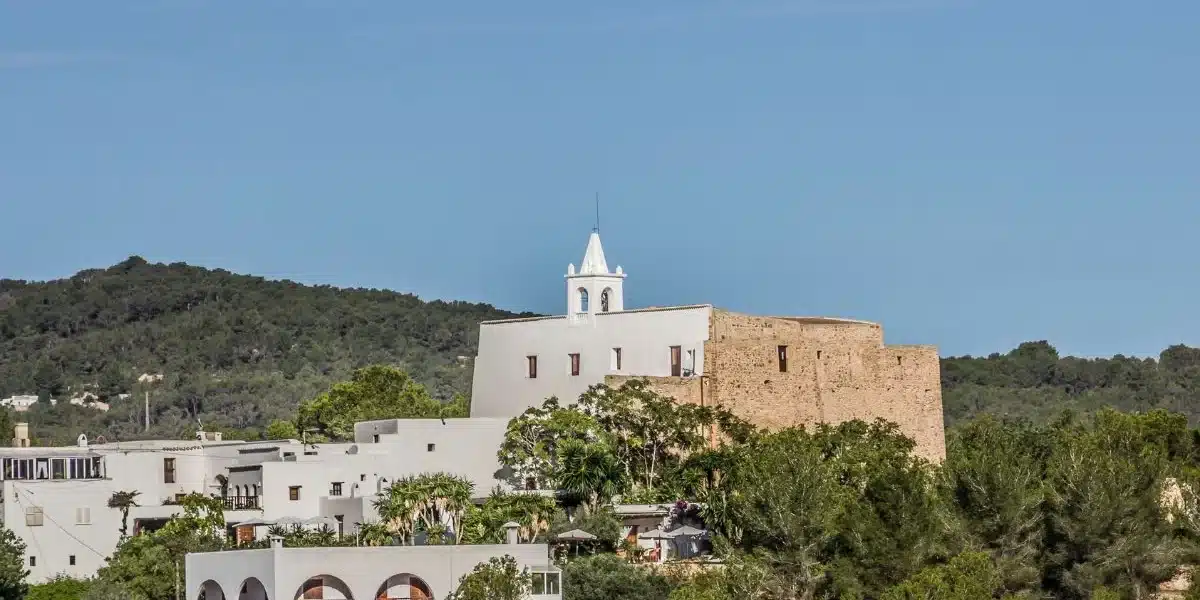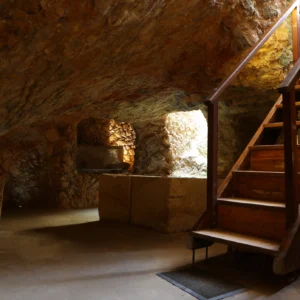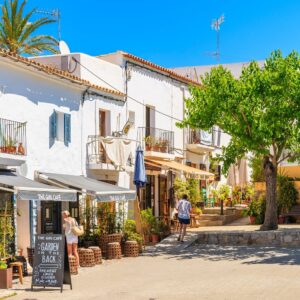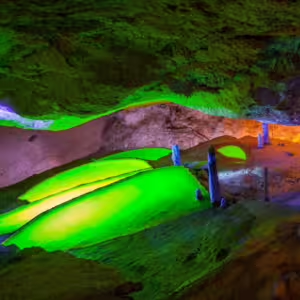Ibiza’s town names, many of which are linked to saints, are deeply rooted in the island’s religious and historical evolution. These names reflect a blend of Christian influence after the Reconquista and the efforts of local authorities, particularly Bishop Manuel Abad y Lasierra in the 18th century, to restructure the island’s rural society.
To understand this phenomenon, we need to look at several factors, including the Christianisation of the island, the role of the Catholic Church, and the administrative reforms initiated by Abad y Lasierra.
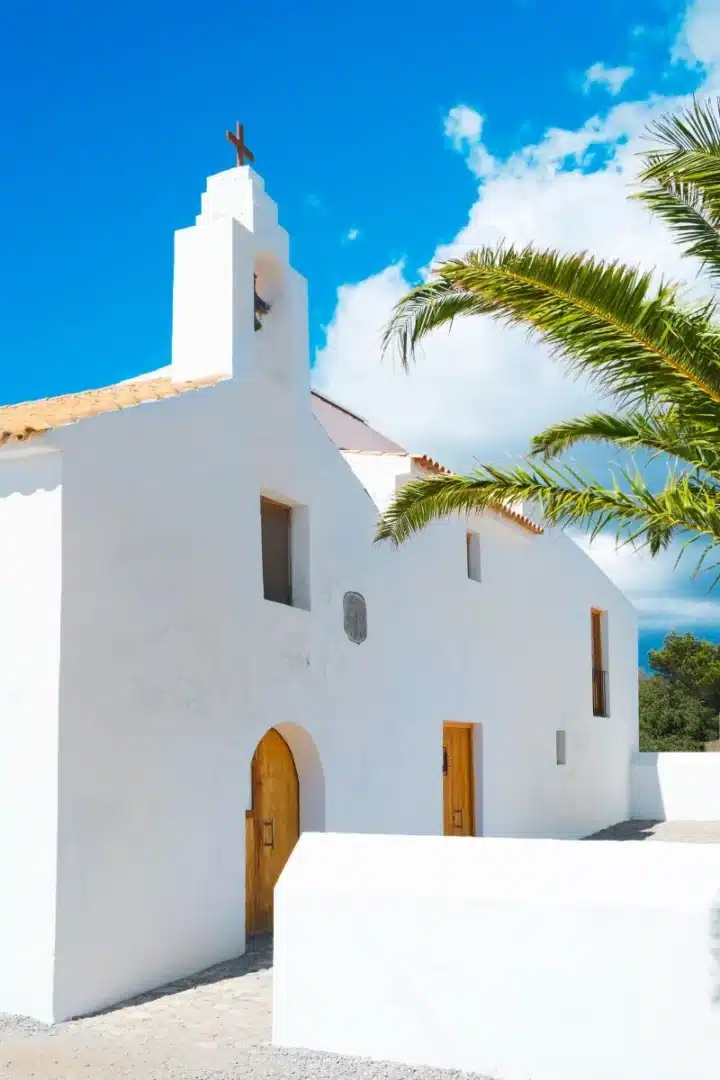
The Christianisation of Ibiza
Ibiza’s transformation into a predominantly Christian society began in the 13th century, following the Reconquista when the Catalan-Aragonese forces, led by King James I of Aragon, conquered the island in 1235.
The island, previously under Islamic rule, was reorganised into quartons, administrative regions that corresponded to the different parts of the island, such as Portmany and Balansat. With the introduction of Christianity came the building of churches, which were crucial in consolidating Christian power and culture.
These early churches served not just as places of worship but also as defensive structures against pirate attacks, a role that shaped the construction and layout of many of the island’s religious buildings.
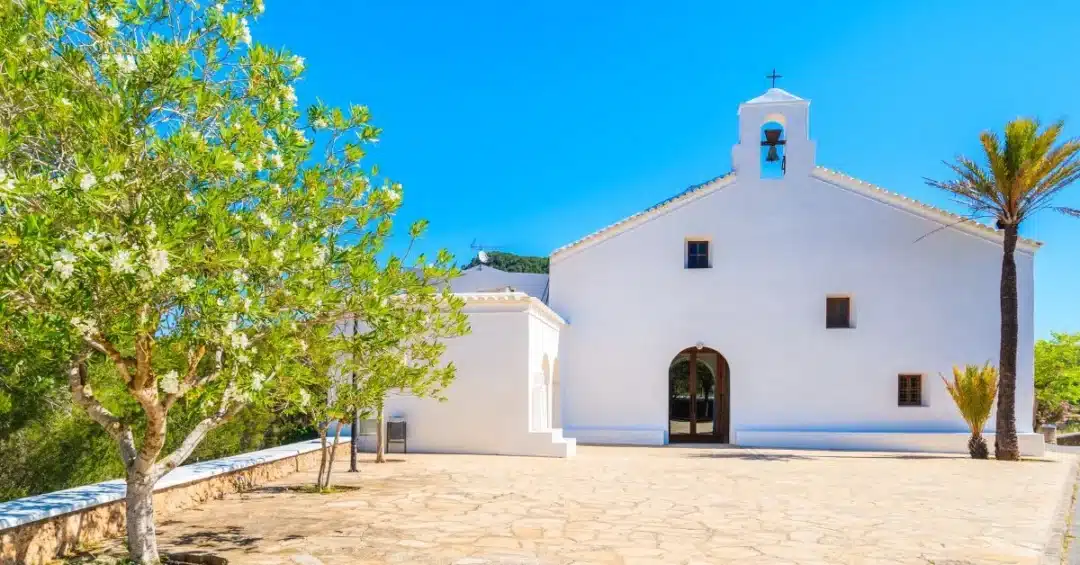
Manuel Abad y Lasierra’s reforms
The naming of towns after saints was further solidified in the 18th century during the tenure of Manuel Abad y Lasierra, the first Bishop of Ibiza, who played a crucial role in the island’s ecclesiastical and administrative development. Appointed in 1783, Abad y Lasierra was a reformist bishop, keen on modernising the island’s rural infrastructure, which until then was marked by scattered farmhouses and a lack of centralised settlements. He believed that the creation of new parishes and churches would encourage the island’s isolated population to come together, thus fostering a stronger sense of community and religious observance.
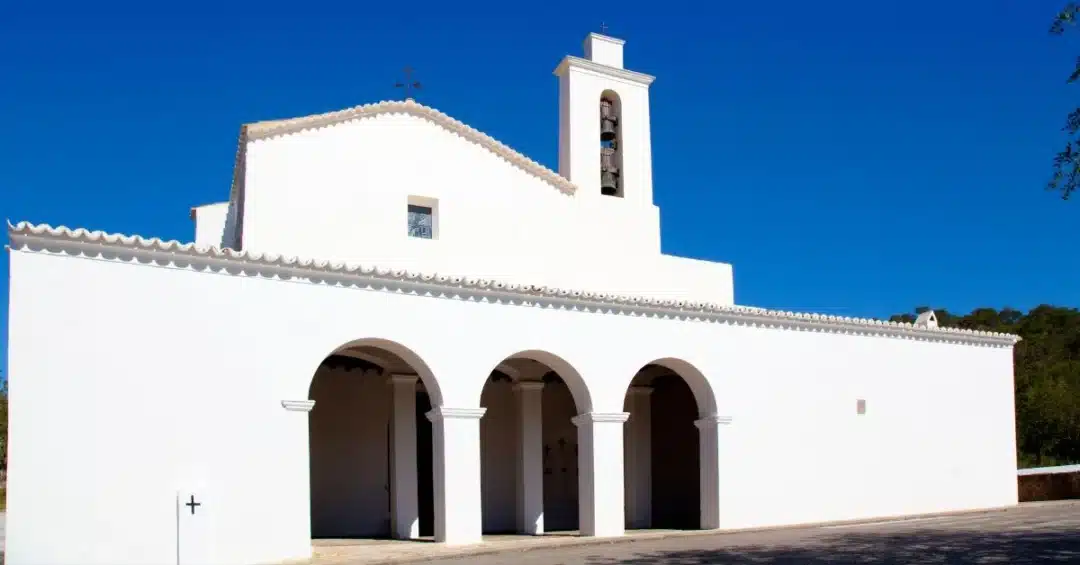
In 1785, Abad y Lasierra oversaw the construction of several new churches, many of which were named after saints, such as Sant Mateu, Santa Agnès, and Sant Agustí. His reasoning was both practical and spiritual. By creating religious hubs around which villages could grow, he aimed to provide spiritual care and social interaction for the rural population, who lived in relative isolation. Abad y Lasierra’s plan was to group these isolated families into new villages, each with its own church at its centre. Over time, these churches became the focal points for the surrounding communities, and the towns that grew up around them naturally adopted the names of their patron saints.
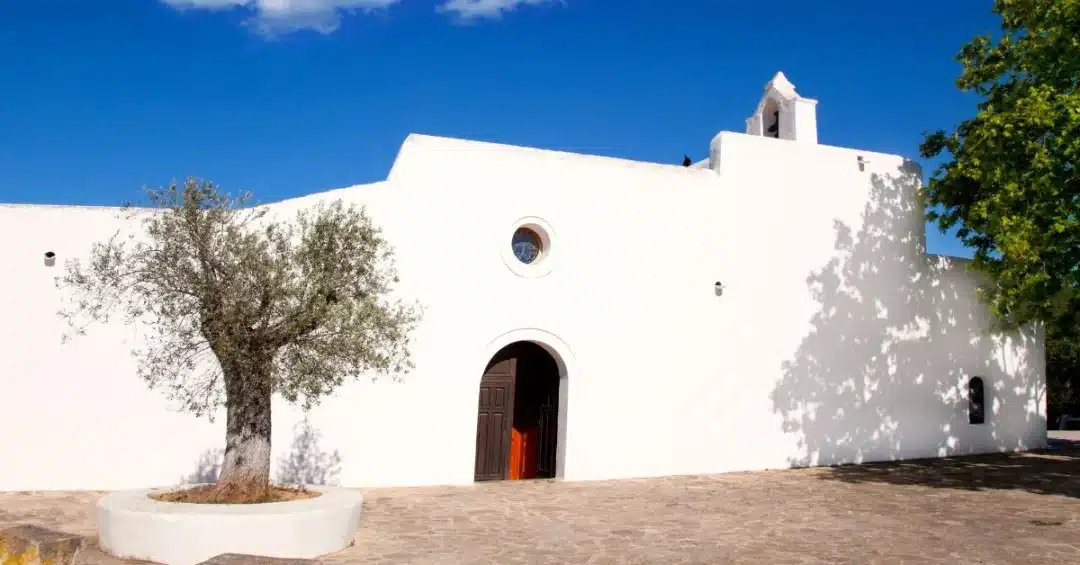
Challenges and legacy
Abad y Lasierra’s efforts were not without challenges. In some cases, there was resistance from the local population, who were accustomed to their dispersed way of life and were hesitant to participate in the construction of new churches. For instance, in the case of Sant Agustí, the construction of the church faced significant delays due to local opposition. Many islanders were reluctant to cooperate, leading to conflicts between the bishop and the local communities. Despite these challenges, Abad y Lasierra’s reforms left a lasting impact on the island’s religious and social landscape.
By the time of his departure in 1787, many of the churches he initiated were either completed or well underway, and the parishes he established continued to grow in importance. These churches not only served religious purposes but also became centres of civic life, marking the transition of Ibiza from a dispersed agrarian society to a more structured community, with each parish acting as a focal point for the surrounding countryside.
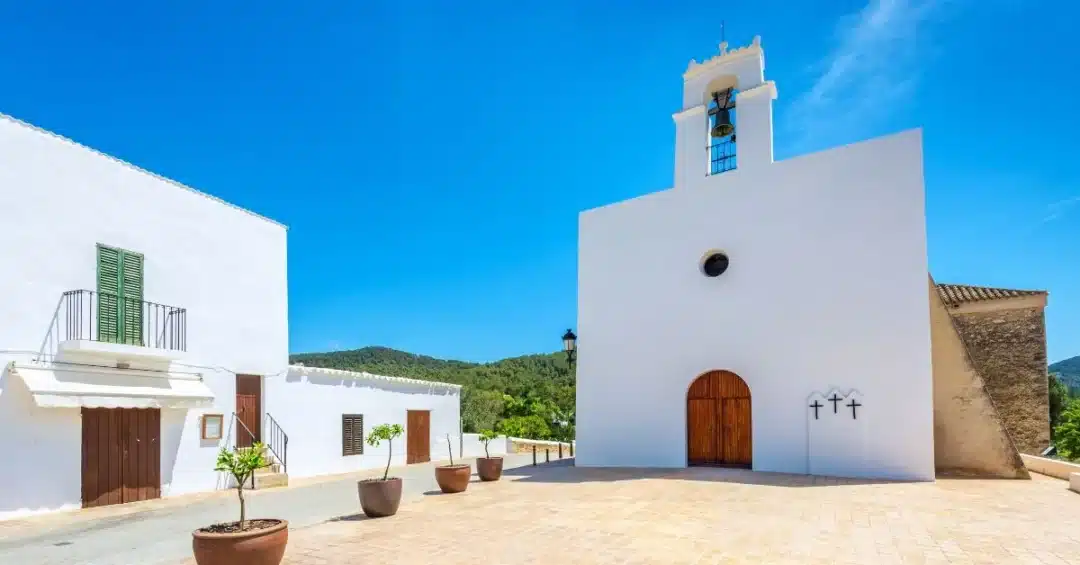
The role of Saints in town names
As part of the island’s Christian identity, many of these new parishes were named after saints. For example, Sant Antoni de Portmany takes its name from Saint Anthony Abbot, reflecting the deep veneration for saints in Catholic tradition. Other towns like Sant Josep de sa Talaia and Santa Eulària des Riu follow a similar pattern, where the saint’s name is paired with a local geographical feature, such as a river or a hill.
This practice was not unique to Ibiza but was common across Catholic Europe, where saints were invoked as protectors of both the land and the people.
The prevalence of saint names in Ibiza’s towns can be attributed to the island’s post-Reconquista Christianisation and the administrative reforms of the 18th century under Bishop Manuel Abad y Lasierra. Through his efforts to build new churches and parishes, Abad y Lasierra sought to centralise the island’s rural population around religious institutions, thereby fostering both spiritual growth and social cohesion.
Over time, these parishes evolved into the towns we know today, each bearing the name of a saint, a legacy of the Catholic Church’s influence on Ibiza’s history and culture.
